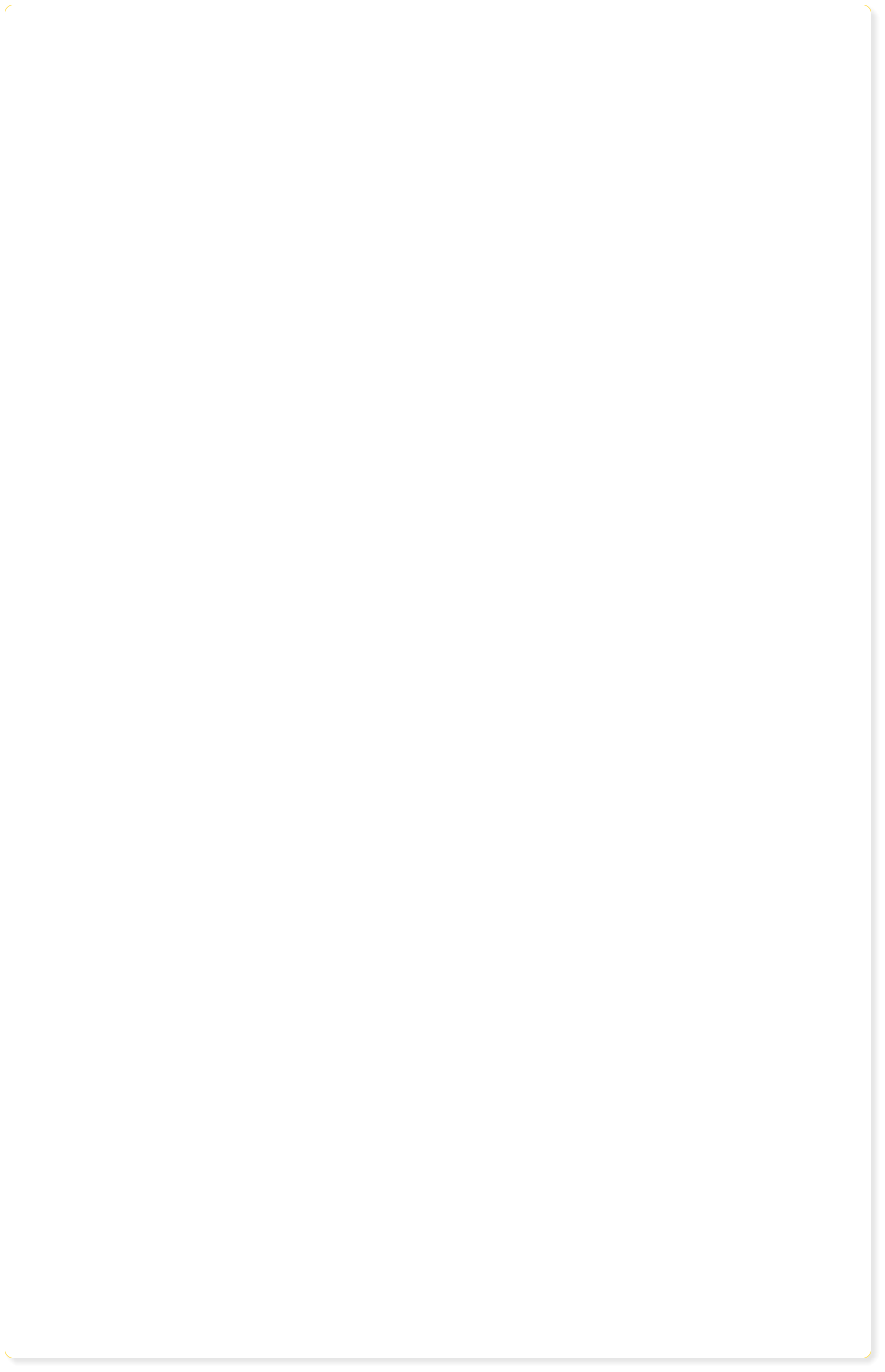
© 2016 Steven M. Geisler

© 1997-2018 Steven M. Geisler









WQAM Jingles Needed
I am desperately looking for the following WQAM jingle
packages:
•
Ullman “One-derful” Series
•
Pepper Fun Series
•
CRC Series 34 Holiday Series
•
Futursonic Time and Temperature Jingles
•
PAMS Series 25D “Cheerleaders” - Male Vocals
•
PAMS Series 17 and 18 - Instrumental Cuts
•
A 1963 package by a group called the Skipjacks
It was a complete set of jingles including new
time and temperature jingles.
•
Any jingles prior to 1962
If you have any of these please contact:
wqam@560.com
Words from Neal Sanders, a WQAM
fan...
I grew up in south Florida in the 1960s (Miami Springs High School, class of
1967) and, like every teenager everywhere in America, I spent my days and
nights listening to the radio. Viewed from the perspective of more than 30 years,
the handful of years between 1962 and 1967 were clearly the last time when
one radio station could capture the entire rangeof popular music. Within a few
years, rock and roll and fragmented into half a dozen constituent pieces,each
one catered to by a different FM radio station.
WQAM was as good as radio got. The station played an extraordinarily broad
range of music, kept very close to local trends, and had, far and away, the best
deejays. (There was no contest between WQAM and WFUN; WQAM won hands
down.)
We continually were exposed to music beyond what was in Billboard's Hot 100.
For example, somebody at the station liked Cat Stevens. His music was played
and charted three years before he achieved national recognition. We also
heard music that was specific to other regions of the country, probably as a
result of call-in requests from teens on vacation with their parents. The Cryan'
Shames were a Chicago group with a lone hit to their credit. But "It Could Be
We're In Love" was top ten on WQAM in the summer and fall of 1967, despite
going no higher than #86 on Billboard. The Beach Boys "Heroes and Villains,"
generally regarded as their masterpiece today, was quickly dropped by most
stations. But not WQAM, where the record got daily air play for seven weeks.
Betty Swan seldom if ever crossed over from the R&B charts, yet I'm looking at
"Make Me Yours" at #5 from that same summer. On the same chart, though,
was also my parents' music": Engelbert Humperdink, Al Martino, and Frankie
Laine. On WQAM, the Summer of Love had many strange bedfellows.
The station's loyalty to local bands was admirable to a fault. We heard every new
release by the Birdwatchers, Steve Alaimo, the Clefs of Lavender Hill, and the
Present, and their songs all went top ten (whether some of those Birdwatchers
songs deserved to be so highly ranked is debatable). We heard Sam and Dave
long before they achieved national prominence.
But it was the deejays that stay most in my mind. My clock radio awakened
me to Lee Sherwood or Roby Yonge (did he really get his start at WQAM?), I
came home to Jim Dunlap, and did my homework to Rick Shaw. They were
empathic, they apparently enjoyed their jobs (and their celebrity) and they
were funny. Yes, they played 16 songs an hour, but in between was a
continual patter of jokes, contests and noises (I remember kissing a girl to
Rick Shaw's "kissing tone").
The era of that kind of radio is long past. I once tried explaining to today's
kids; they couldn't get it because they had no possible frame of reference.
They could not image a time when a station's playlist turned over every ten
weeks, and when the Beatles' "Paperback Writer" could share the airwaves
and the charts with Frank Sinatra's "Strangers in the Night." And today's
"oldies" stations have reduced the thousands of records that got airplay
during those magical years to a hundred or so focus-group-approved
perennials. It isn't the same.
But I still have a battered copy of "Stop! Get a Ticket" (inspired by the
tollbooths on the Florida Turnpike) and "Many's the Slip Twixt the Cup and
the Lip." Rather than listen to the 15th weekly airing of "Wild Thing," I play
these forgotten records I once heard on WQAM, or play tapes of them, as I
drive to work. And, for a few moments, I can envision myself headed not
for my office in Boston, but to Hugh Taylor Birch State Park or the long
strand of beach north of the Hollywood pier.
The music still sounds great. All it lacks is an introduction by Rick Shaw.
Neal Sanders





© 1997-2018 Steven M. Geisler

WQAM Jingles Needed
I am desperately looking for the following WQAM jingle
packages:
•
Ullman “One-derful” Series
•
Pepper Fun Series
•
CRC Series 34 Holiday Series
•
Futursonic Time and Temperature Jingles
•
PAMS Series 25D “Cheerleaders” - Male Vocals
•
PAMS Series 17 and 18 - Instrumental Cuts
•
A 1963 package by a group called the Skipjacks
It was a complete set of jingles including new
time and temperature jingles.
•
Any jingles prior to 1962
If you have any of these please contact:
wqam@560.com
Words from Neal Sanders, a
WQAM fan...
I grew up in south Florida in the 1960s (Miami Springs High School, class of
1967) and, like every teenager everywhere in America, I spent my days and
nights listening to the radio. Viewed from the perspective of more than 30
years, the handful of years between 1962 and 1967 were clearly the last
time when one radio station could capture the entire rangeof popular
music. Within a few years, rock and roll and fragmented into half a dozen
constituent pieces,each one catered to by a different FM radio station.
WQAM was as good as radio got. The station played an extraordinarily
broad range of music, kept very close to local trends, and had, far and
away, the best deejays. (There was no contest between WQAM and WFUN;
WQAM won hands down.)
We continually were exposed to music beyond what was in Billboard's Hot
100. For example, somebody at the station liked Cat Stevens. His music
was played and charted three years before he achieved national
recognition. We also heard music that was specific to other regions of the
country, probably as a result of call-in requests from teens on vacation
with their parents. The Cryan' Shames were a Chicago group with a lone
hit to their credit. But "It Could Be We're In Love" was top ten on WQAM in
the summer and fall of 1967, despite going no higher than #86 on
Billboard. The Beach Boys "Heroes and Villains," generally regarded as
their masterpiece today, was quickly dropped by most stations. But not
WQAM, where the record got daily air play for seven weeks. Betty Swan
seldom if ever crossed over from the R&B charts, yet I'm looking at "Make
Me Yours" at #5 from that same summer. On the same chart, though, was
also my parents' music": Engelbert Humperdink, Al Martino, and Frankie
Laine. On WQAM, the Summer of Love had many strange bedfellows.
The station's loyalty to local bands was admirable to a fault. We heard
every new release by the Birdwatchers, Steve Alaimo, the Clefs of Lavender
Hill, and the Present, and their songs all went top ten (whether some of
those Birdwatchers songs deserved to be so highly ranked is debatable).
We heard Sam and Dave long before they achieved national prominence.
But it was the deejays that stay most in my mind. My clock radio
awakened me to Lee Sherwood or Roby Yonge (did he really get his start at
WQAM?), I came home to Jim Dunlap, and did my homework to Rick Shaw.
They were empathic, they apparently enjoyed their jobs (and their
celebrity) and they were funny. Yes, they played 16 songs an hour, but in
between was a continual patter of jokes, contests and noises (I remember
kissing a girl to Rick Shaw's "kissing tone").
The era of that kind of radio is long past. I once tried explaining to today's
kids; they couldn't get it because they had no possible frame of reference.
They could not image a time when a station's playlist turned over every ten
weeks, and when the Beatles' "Paperback Writer" could share the airwaves
and the charts with Frank Sinatra's "Strangers in the Night." And today's
"oldies" stations have reduced the thousands of records that got airplay
during those magical years to a hundred or so focus-group-approved
perennials. It isn't the same.
But I still have a battered copy of "Stop! Get a Ticket" (inspired by the
tollbooths on the Florida Turnpike) and "Many's the Slip Twixt the Cup and
the Lip." Rather than listen to the 15th weekly airing of "Wild Thing," I play
these forgotten records I once heard on WQAM, or play tapes of them, as I
drive to work. And, for a few moments, I can envision myself headed not
for my office in Boston, but to Hugh Taylor Birch State Park or the long
strand of beach north of the Hollywood pier.
The music still sounds great. All it lacks is an introduction by Rick Shaw.
Neal Sanders







































